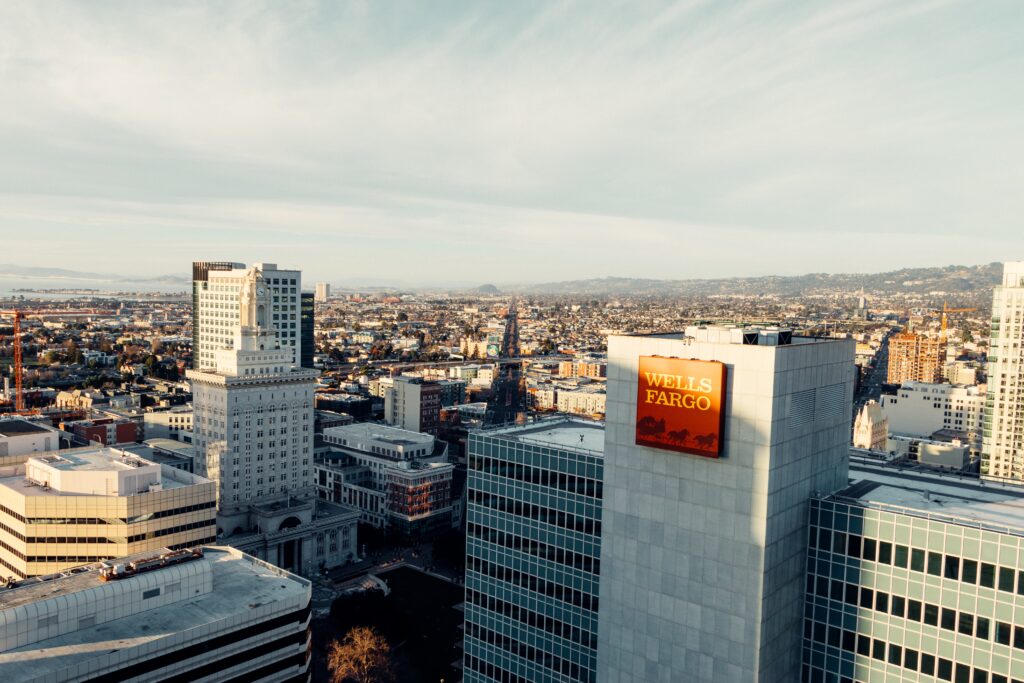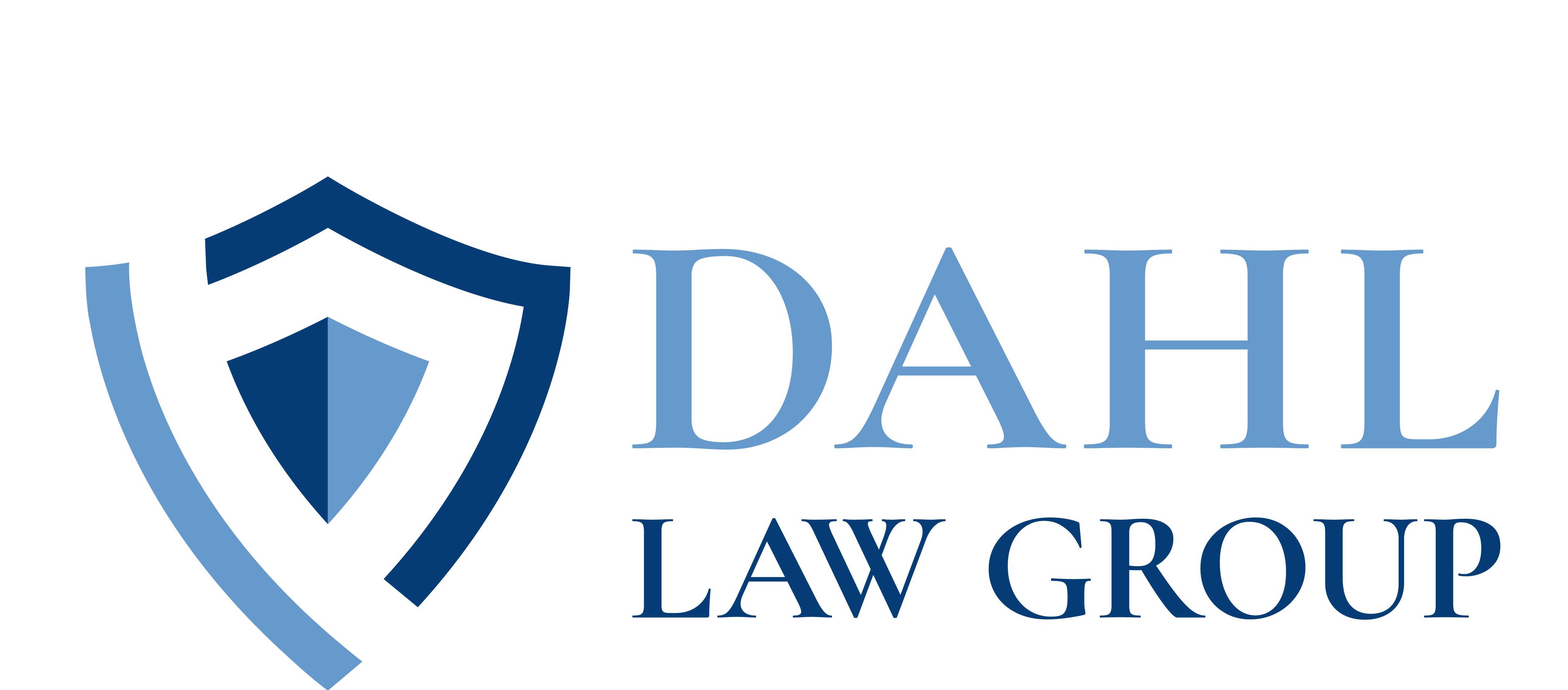
The Consolidated Appropriations Act 2021, which was signed into law on December 27th, 2020, provides another $900 billion in funding for coronavirus relief for individuals and business owners. The new bill serves as an expansion of the 2020 CARES Act, offering additional funding and a number of key changes to both the Paycheck Protection Program (PPP) and Economic Injury Disaster Loan (EIDL) program.
Although the rules for the new PPP and EIDL are similar to the original programs, there are some significant differences that you should be aware of as a business owner. Among these include new eligibility requirements, clarification of the tax implications of the legislation, and beneficial changes related to loan forgiveness.
While additional clarification and updates on the new programs are set to be released in the next few weeks, in this two-part series we’ll cover some of the most critical highlights you should know about. Here in the first part of the series, we’ll discuss the new loans available under the PPP.
A New Round of PPP Loans
The original PPP program from March 2020 included $349 billion in its initial funding. That money was gone within two weeks, which led to a second round of funding totaling $320 billion. The second round of loans ended in August 2020. This new legislation marks the third round of PPP funding, and it includes another $284 billion in loans to business owners to help cover their payroll and other basic operating costs during the pandemic.
The new PPP funding allows you to apply for a loan whether you received an initial PPP loan or not. The eligibility rules for the loans are somewhat different than before and are based on whether you are borrowing for the first time or already received money in the first two rounds. To be eligible for any of the new loans, a business must have been in operation by Feb. 15, 2020.
First Time Borrowers
If you did not receive a PPP loan in the first two rounds of funding, you can apply for this third round of funding and potentially qualify for up to $10 million as a new applicant. The program rules are essentially the same as during the first round, and the eligibility requirements include:
- Any business categorized under “Accommodation or Food Services,” such as restaurants and hotels with 500 or fewer employees per location
- Tribal businesses
- Independently owned franchises
- Self-employed workers, independent contractors, gig workers, and sole proprietors
Unlike the initial rounds, during this third round of funding, business owners in bankruptcy are now eligible for PPP loans, and the loans will be treated as administrative expenses.
Second Time Borrowers
If you previously received PPP funding in the first two rounds, you may be eligible for round three funding using what’s known as a “second draw loan,” provided you’ve used all of your previous funds or will use them.
Second-draw loans are capped at a maximum of $2 million, and to qualify your business must have 300 or fewer employees, down from the original 500 employee maximum. You must also demonstrate that you experienced a loss of at least 25% of revenue in any quarter in 2020 compared to that same quarter in 2019. This is a big difference from the original PPP guidelines that simply required you to state that economic uncertainty made the loan necessary.
This new round of loans is designed to fund 2.5 months of your payroll expenses. To determine how much you would qualify for under the second draw loans, take your average monthly payroll for 2019 and multiply it by 2.5. The bill has a special calculation for restaurants and other food service industries and provides those businesses a larger loan amount of 3.5 months of average monthly payroll.
For example, if you had an average monthly payroll in 2019 of $100,000, then your business would qualify for $250,000. If you were a restaurant or other qualifying food business, you would qualify for $350,000.
New Qualified Expenses
Like the first round of loans, the amount of funding you spend on eligible payroll costs—along with covered mortgage interest, rent, and utility payments—is eligible for forgiveness. The new bill also adds several new non-payroll expenses to the list of qualifying expenses for forgiveness, and these include:
- Covered operations expenses: This includes money spent on software, cloud computing, and other human resources and accounting needs.
- Covered property damage costs: This includes expenses related to property damage due to public disturbances that occurred during 2020 that are not covered by insurance.
- Covered supplier costs: This includes expenditures to a supplier that are related to a contract, purchase order, or order for goods in effect prior to taking out the loan that are essential to the borrower’s operations at the time at which the expenditure was made. Supplier costs of perishable goods can be made before or during the life of the loan.
- Covered worker protection expenses: This includes money spent on PPE and other adaptive measures to help comply with health and safety guidelines at the federal, state, and local level related to COVID-19 during the period between March 1, 2020, and the end of the national emergency declaration.
60% of PPP Loan Must be Spent of Payroll
The second draw loans are eligible to be forgiven provided that 60% of the funds are spent on payroll costs. The PPP’s existing safe harbors on restoring full-time equivalent employees and salaries and wages also continue to apply to the new loans.
Tax Treatment of New PPP Loans
Under the new legislation, forgiven PPP loans will not be taxable to business owners. This applies to all existing PPP loans under the original rounds of funding as well as the new second draw PPP loans. Previously, the IRS had ruled that you could not deduct your wages and other qualifying expenses that you used your PPP funds on if your PPP loan was forgiven—which effectively created a tax on the loan.
There had been much confusion and debate on this part of the legislation, as it seemed to contradict the intent of the CARES Act, but this new legislation officially clears that up. This means you can have your PPP loan forgiven and still be able to deduct your payroll and other qualifying business expenses paid with your PPP money. Additionally, any income tax basis increase that results from your PPP loan will remain even if the PPP loan is eventually forgiven
PPP Loan Forgiveness
The SBA plans to create a simplified PPP loan forgiveness application for businesses whose PPP loans were less than $150,000. This simplified application will fit on one page and include loan information as well as certification from you that the funds were used properly and are eligible for forgiveness, but it will not include calculations or other additional information.
The SBA already has a simplified one-page PPP forgiveness application for borrowers of $50,000 or less. It is likely that the SBA will utilize a similar application for borrowers with loans of less than $150,000.
Keep in mind that even though the loan forgiveness form will be simplified, the funds must still be spent properly to qualify for forgiveness, and the SBA may audit these applications. With this in mind, be sure to keep careful documentation of how you spent these funds in case your loan is audited.
New PPP Loans Deadline
The new bill extends the PPP loans through March 31, 2021, or until funds are depleted.
Choose Your PPP Loan Covered Period
The first two rounds of PPP loans required that the time during which you had to use your loan funds (covered period) would be the eight-week period beginning on the date you received your loan proceeds. That was later expanded to 24 weeks.
However, this new round allows you to choose any length period between 8 weeks and 24 weeks, giving you more control in handling reductions to your staff, if needed, once PPP funds are depleted.
How to Apply
Like the first rounds of funding, the new round of PPP loans will be administered by SBA-approved lenders using a new version of the existing SBA 7(a) loan program. You can apply for your PPP loan through any of the 1,800 participating SBA approved 7(a) lenders or through any participating federally insured depository institution, federally insured credit union, and Farm Credit System institution (meaning your local bank).
If you have trouble finding a lender, you can use the SBA’s PPP lender search tool here.
On the evening of January 8, 2021, the SBA released guidance on the new PPP loans, which you can view here. At the same time, the SBA also released links to the new PPP loan application forms.
According to the SBA, smaller businesses that did not receive a PPP loan the first time around can begin to apply on Monday, January 11th for the new loans. Those that did receive one of the original loans can apply for a second draw PPP loan beginning on Wednesday, January 13th, provided they meet the new eligibility requirements. For larger applicants, the program will open “shortly thereafter,” according to the SBA.
For more information on the program, check the PPP program website on a daily basis and stay tuned to our blog for weekly updates.
Don’t Wait To Apply
Contact us if you need help reviewing your options under the PPP program. Since there is only a finite amount of funding available, the sooner you apply, the better. Schedule an appointment with us today to learn more.
In part two of this two-part blog series, we’ll discuss the new funding and changes to the EIDL program for 2021.



